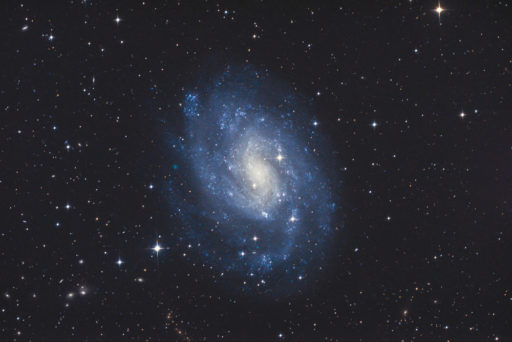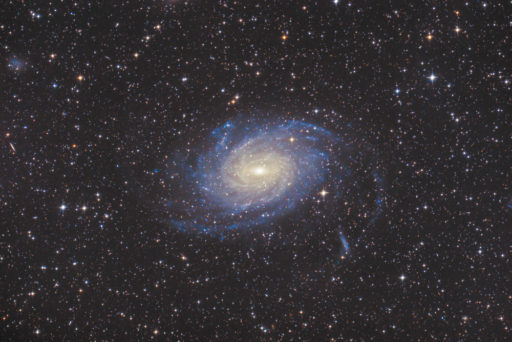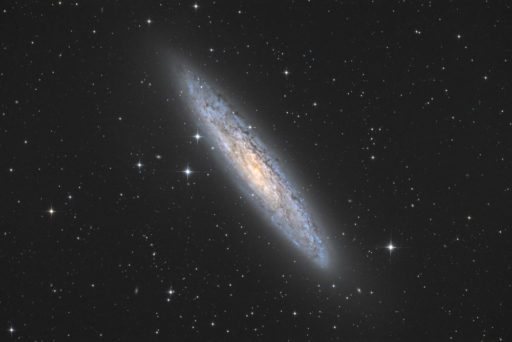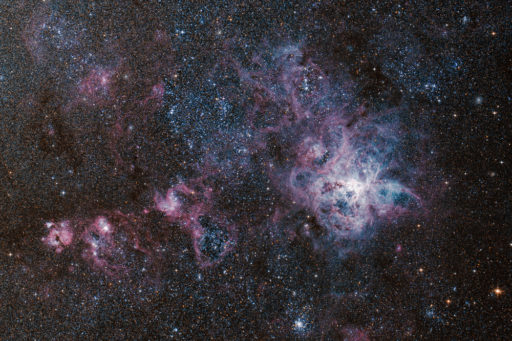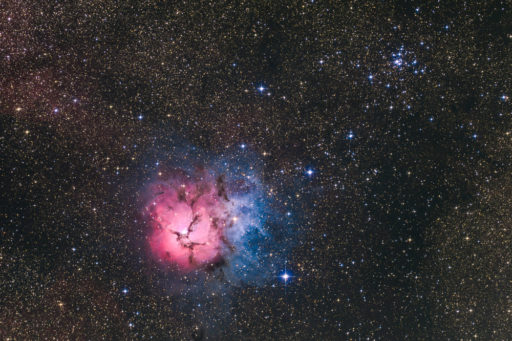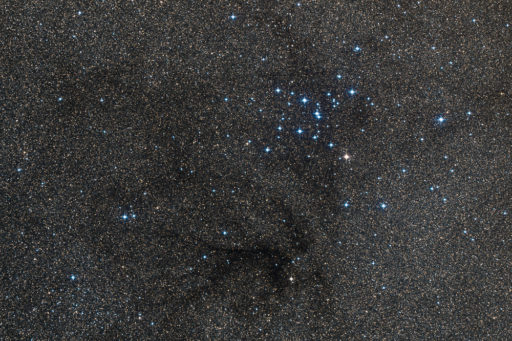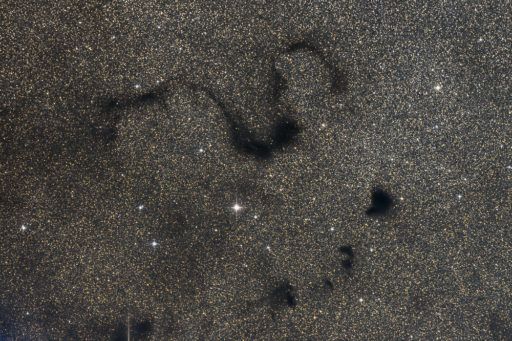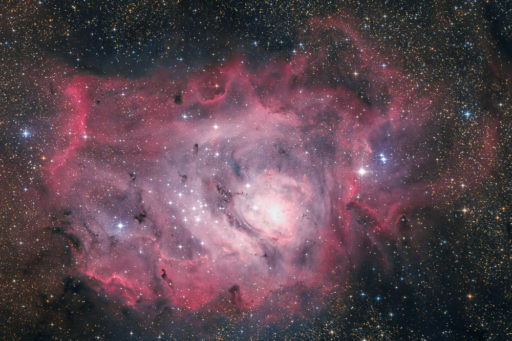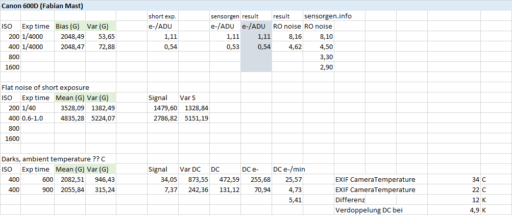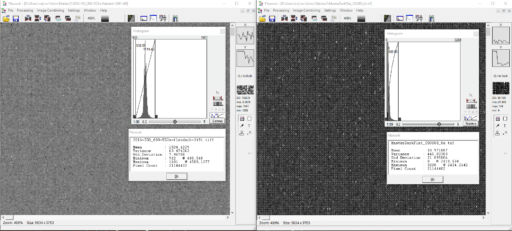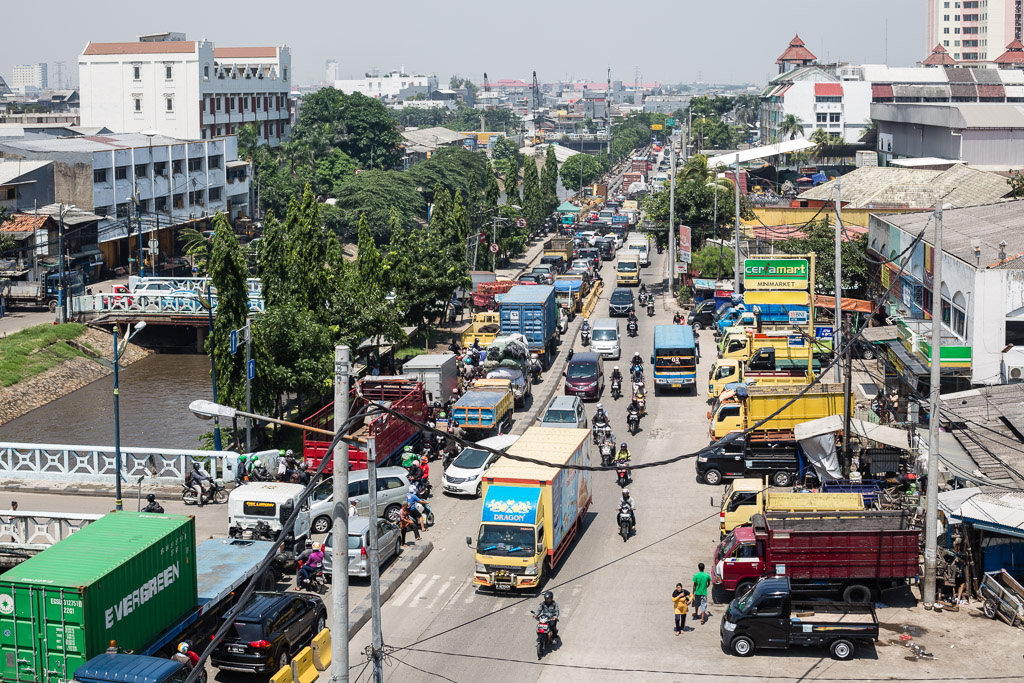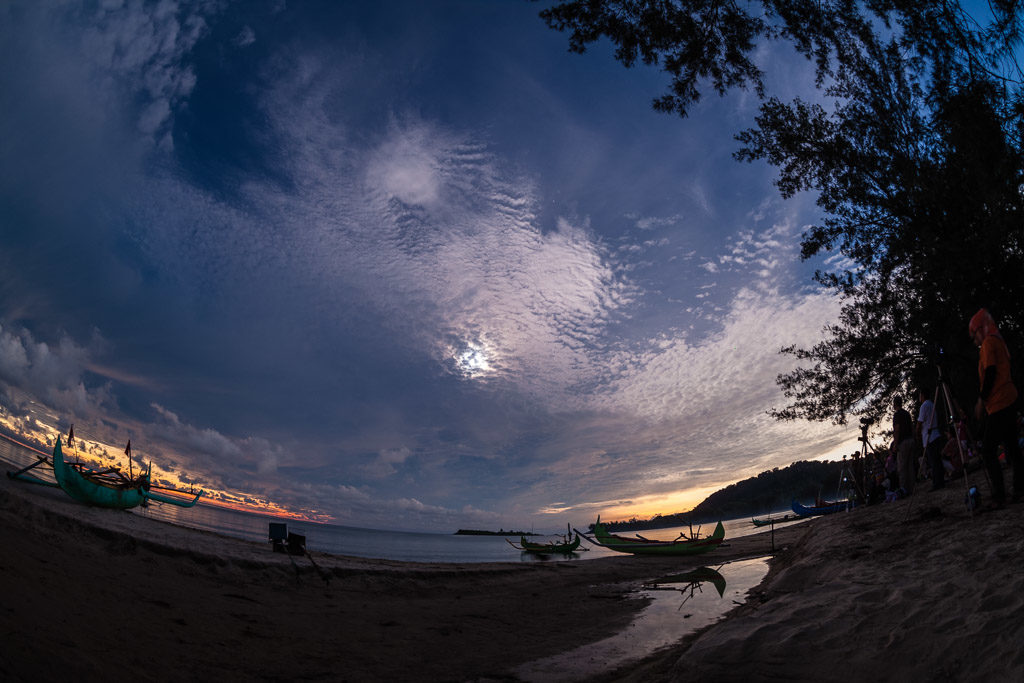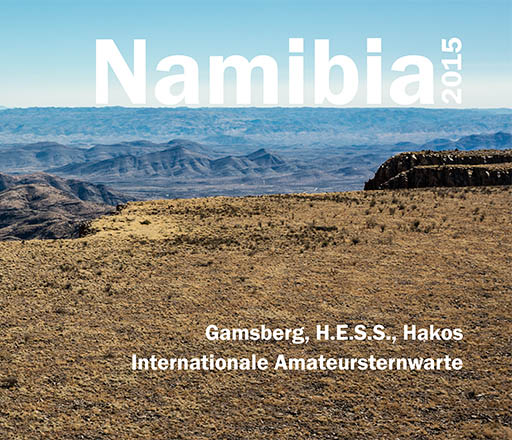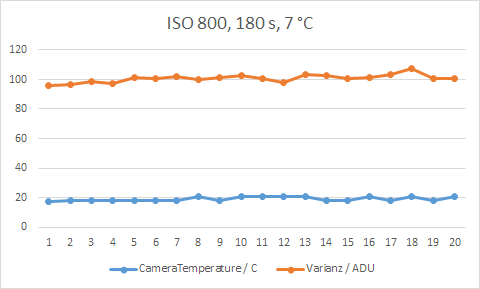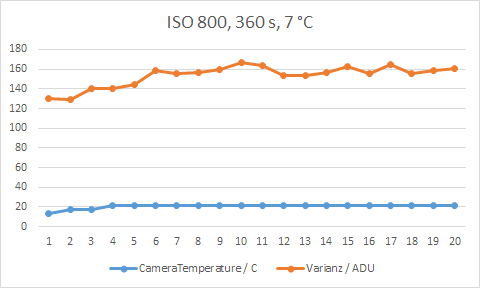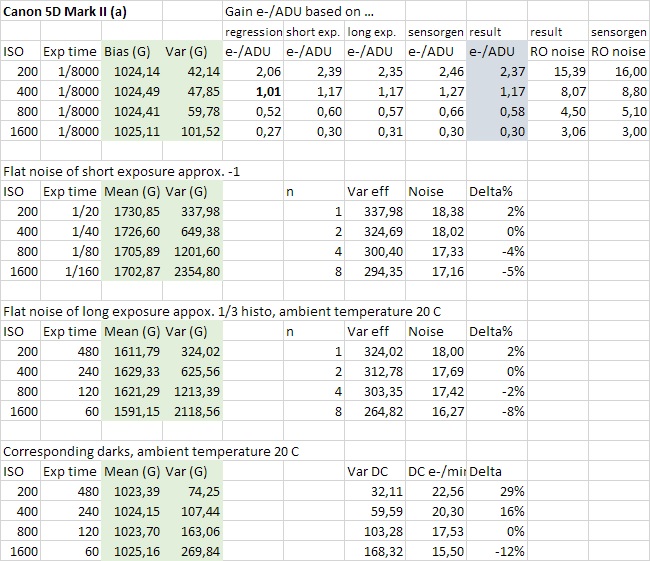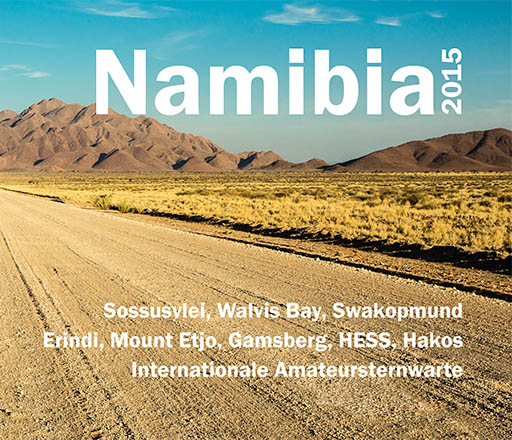Transit of Mercury 09 May 2016 from Martin Junius on Vimeo.
Somewhat cloudy, especially towards the end, but most of the transit of Mercury was clearly visible from Brück, Cologne, Germany.
Einige Wolken, besonders zum Ende hin, aber der Großteil der Merkurtransits konnte in Brück, Köln beobachtet werden.
The time-lapse video is available on / das Zeitraffervideo gibt’s auf: Facebook, Vimeo, Youtube.
Equipment:
- Canon 5D Mark II, Televue Powermate 2x, William Optics FT 81 FD f/5.9 478mm, Baader filter, Skywatcher AZ EQ6 GT
- Canon 5D Mark III, EF 8-15 f/4 L Fisheye @ 14mm
- GoPro Hero4 Silver
- 2x ISR Twin1 timer
Location: near Friedhof Brück, Cologne, Germany
50°55’45” N 7°4’43” E
